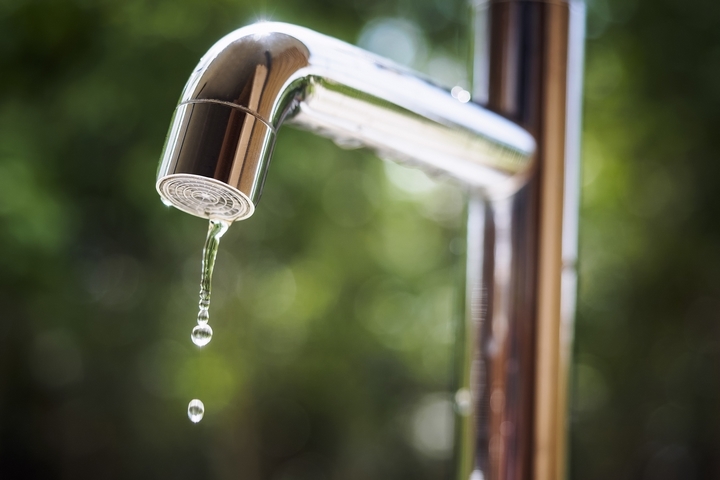What Causes a Leaky Faucet in Kitchens and Bathrooms?
Leaky faucets are annoying, but they can also waste a lot of water and cost you money. And while it might be possible for you to fix your leaky faucet without having to call a plumber, it’s necessary to first figure out what caused the leak in the first place.
But what causes a leaky faucet? There are different reasons why water keeps dripping from your kitchen or bathroom faucet. Let’s learn what causes a leaky faucet in your home:
Cause #1: A loose or worn out O ring
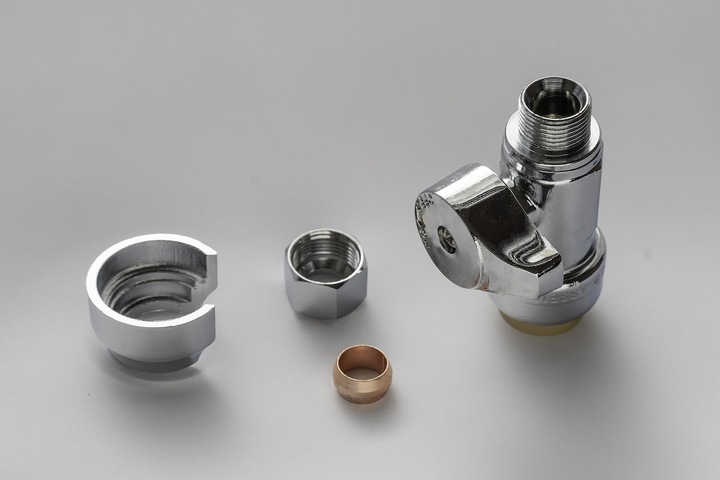
One of the most common causes of leaky faucets is loose or worn-out O ring. If you have a cartridge faucet, this could explain your leak.
Each handle of your faucet is held in place by a stem screw. A small rubber ring, called an O ring, is attached to this screw. Its purpose is to create a seal to keep the water from flowing out when the faucet is not being used.
Over time, an O ring can crack or loosen, allowing the water to leak. You can replace your faucet’s O ring if you are not afraid of using a few tools. All you have to do is turn off the water supply, unscrew the handle of your faucet, locate the damaged O ring, and replace it with a new one.
Cause #2: A worn out washer
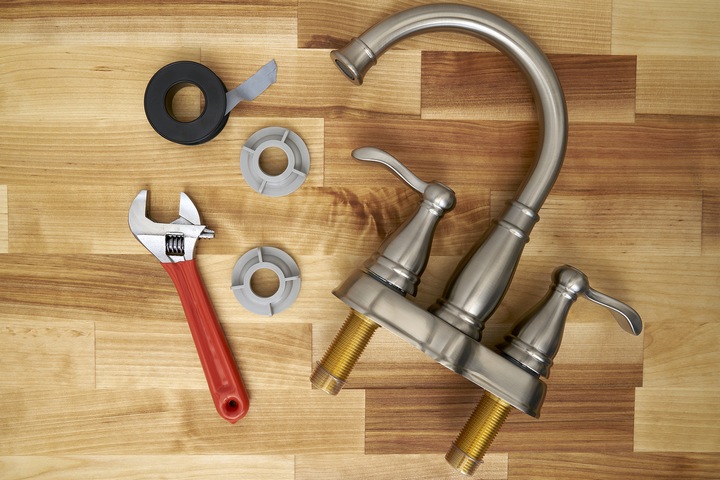
If your faucet is a compression faucet, the leak could be caused by a worn-out washer instead of a worn-out O ring. The washer is a small rubber disk that allows you to control water flow, but it can get damaged over time.
It’s possible to replace a worn-out washer on your own, and the process will be similar to replacing an O ring. Just be sure you get the right size of the washer from the hardware store.
There are different sizes available, and you need to use the correct one.
Cause #3: A washer that was not replaced properly
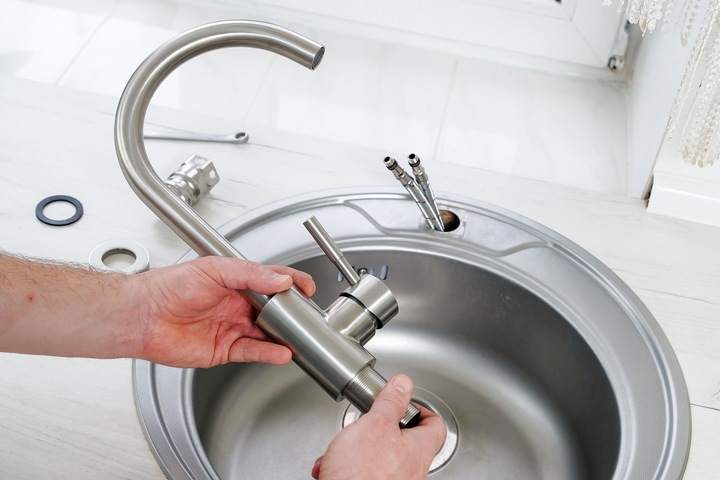
If you have just replaced a worn-out washer, or if a plumber replaced it for you, the dripping should stop. If it persists, it could mean another issue with your faucet, or it could be a sign the washer was not replaced properly.
Perhaps the new washer was not positioned correctly or was not the right size. Bring the damaged washer with you to the hardware store, so you can truly pick the correct size to replace it.
If you hesitate between two types of washers, don’t hesitate to ask an employee for help.
Cause #4: A faulty faucet stem or handle
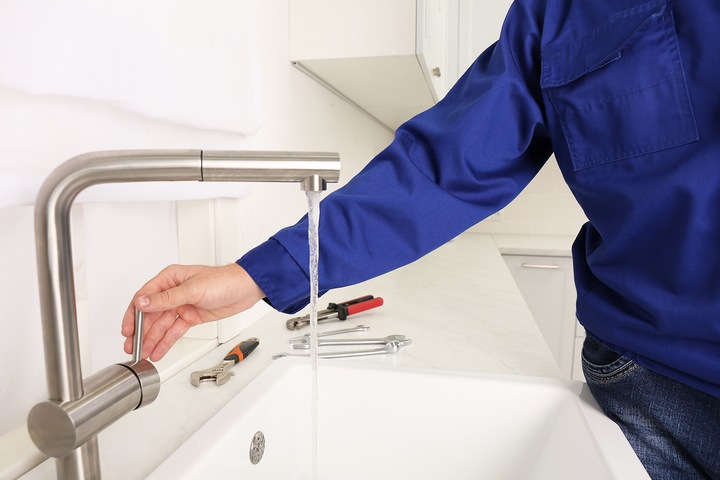
If the leak doesn’t come from the spout of the faucet but the faucet stem or handle, the problem is probably that some of these parts are faulty. There could be an issue with the stem, packing nut, the valve, or the cartridge.
The best solution is to call a plumber for help, so they will be able to figure out which part is faulty and fix the problem once and for all.
Cause #5: A corroded valve seat
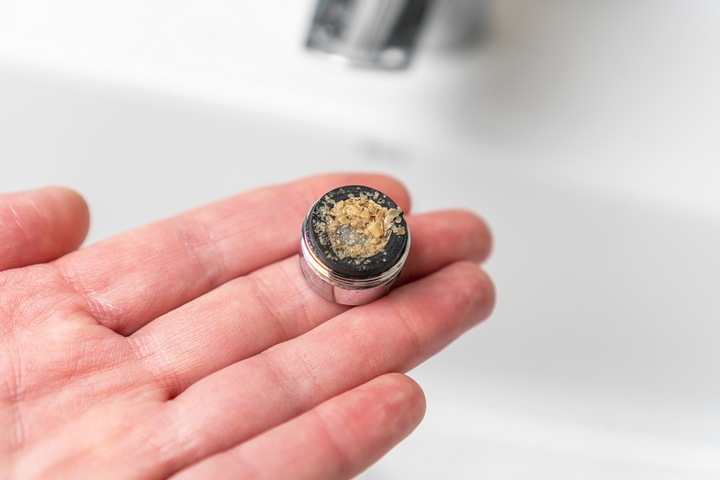
A valve seat is a part that connects the faucet with its spout. Over time, it can get corroded by an accumulation of water sediments. A corroded valve seat is often responsible for leaks, and it’s best to call a plumber to the rescue if you suspect this is the cause of your leaky faucet.
The plumber will either clean the corroded valve seat or replace it with a new one if they think it’s the best way to fix the leak.
Cause #6: A damaged or corroded faucet
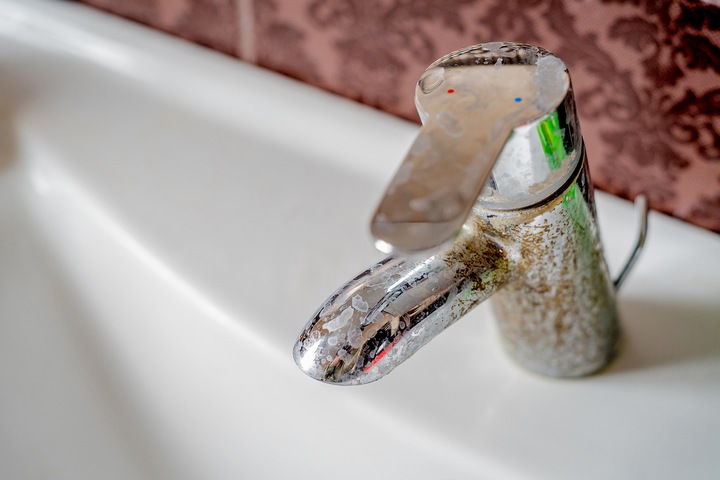
The valve seat is not the only part of a faucet that can get corroded over time. If some parts of your faucet get attacked by corrosion, it will result in small holes or cracks that let the water go through.
Since replacing only the damaged part might not be possible, you will probably have to replace your faucet with a brand new one. Of course, you should let a professional install it for you.
Cause #7: A leaky plumbing pipe
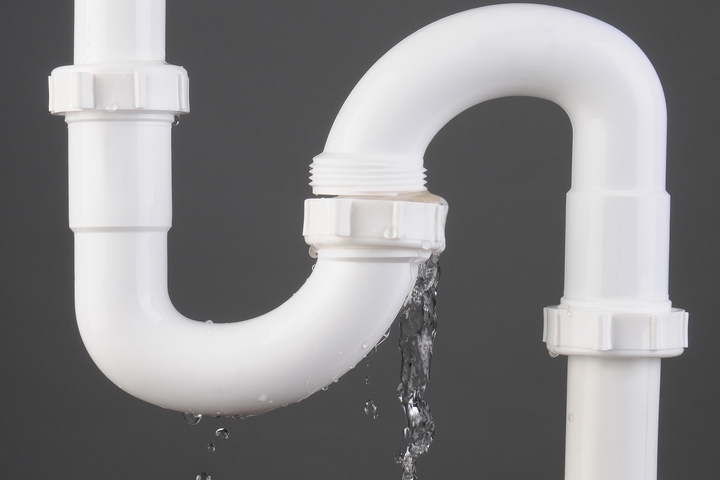
Finally, your faucet leak could result from an issue with your plumbing pipes. If pipe cracks or some plumbing fittings are loose, this problem could explain your leaky faucet.
Check under the sink and all around it since there could also be some water on the floor, in a cabinet, or even inside the walls.
While you might be able to fix some minor plumbing problems on your own, if you find leaks in the pipes connected to any of your sinks, you need to call a plumber as soon as possible.

